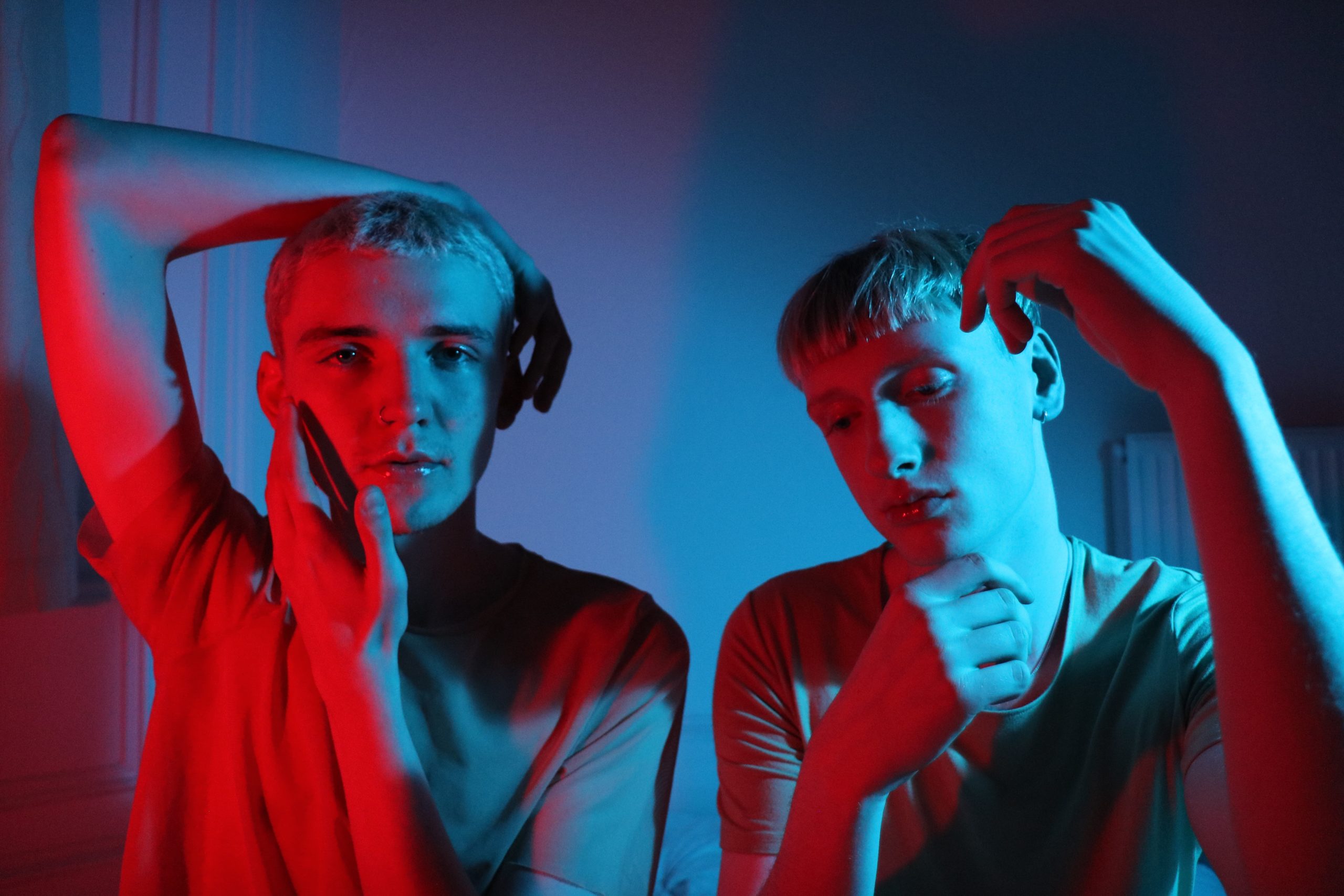[Written by Saamkyu Smart]
[Image by Sophie Thornton]
After generations of impossible female beauty standards, men are starting to feel the same pressure to conform to a very specific form of beauty. Actors and models of the same body type are being constantly pushed into the spotlight as the ideal form of male attractiveness– the lean yet ripped look. Although these body types give off the illusion of being healthy and natural, the process by which models and actors gain them is quite the opposite. It’s a job to be lean and muscular, and for the majority of the time, it’s a temporary one. Additionally, when the standards are set so high, it’s hard to not feel any social pressure when you’re not even close to muscular.
Media has become obsessed with the idea of transformation, which has fused the link between characteristics such as tall, muscular and lean with what it means to be masculine. Take Chris Pratt and Zac Efron as examples. Both are now typical movie stars showing off eight month training routines in their latest movies, yet are praised and portrayed as being transformation ‘successes’. The previously, slightly overweight Pratt and young, soft features of Efron are portrayed as cute or feminine. Of course, most people would agree the ‘movie star’ look is attractive, but the problem lies in how masculinity is portrayed. Unlike female body standards, men themselves have brought on the ideal male figure.
Hyper-masculinity has been ingrained into our society for generations and parallels traditional gender stereotypes: such as short men not being manly, fat men being lazy, skinny men being weak. These stereotypes are still very much in our modern-day society despite the fact that healthiness can still be achieved without a ridiculously defined set of abs. Yet these ideas are full of contradictions as with the hard work of getting into that shape, it still must all appear natural and effortless. To be a true man you have to partake in constant fitness routines yet still be able to relax, drink beer and eat three burgers – ‘like a man’. The very dismissal of male beauty issues is due to these ingrained ideas of masculinity.
There is also virtually no variety in male body types for what is deemed attractive. Even though the attractiveness, in this case, requires months of vigorous training. I’ve been called out for being feminine even before I’ve spoken or shown personality based purely on the fact that I’m skinny and below average height. Luckily, I’m not one to get wrapped up in hyper-masculine standards, but after seeing friends rush off to the gym to lift as many weights as possible it’s hard not to notice the lack of inclusivity in male body types. Most of these problems exist because of how fragile masculinity is; nevertheless, we should not have to feel unnecessary insecurities based on a repeated pattern in the media.
Men’s attractiveness should not have to coincide with how masculine they are. Signs of change in society may be slow, but as individuals, men can feel a lot less insecure about their bodies by detaching themselves from the heavy cloud of hyper-masculinity. There is perhaps some change in popular culture as rising stars such as Timotheé Chalamet are being noticed as unusually attractive, albeit subjectively. However, his refreshingly unconventional masculinity sheds some light into the differences in male attractiveness on our screens. The more models or actors that are presented in these different ways is the only way the outdated male stereotype can move on and, with it, it’s impossible standards.

